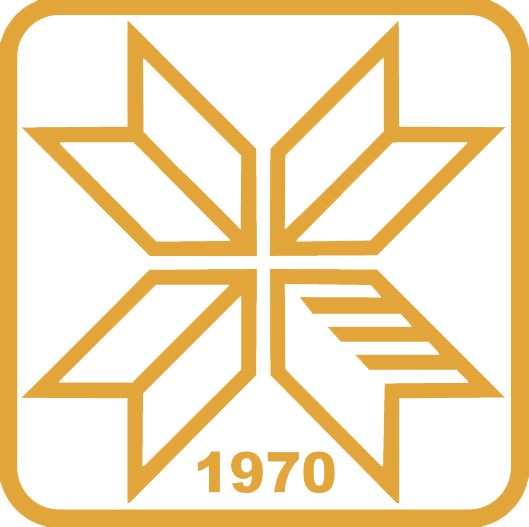| dc.contributor.author | Milenović, Živorad | |
| dc.contributor.author | Lapat, Goran | |
| dc.contributor.author | Vidaković, Hadži Miloš | |
| dc.date.accessioned | 2022-11-15T10:38:47Z | |
| dc.date.available | 2022-11-15T10:38:47Z | |
| dc.date.issued | 2021 | |
| dc.identifier.citation | Имплементација наставних садржаја из Дидактике у студијске програме за васпитаче у предшколским установама у измењеним условима предшколског васпитања и учења (ИНСД-СПВУ-ИУПВУ), у оквиру пројеката из програмских активности МПНТР РС Развој високог образовања у 2021. | en_US |
| dc.identifier.uri | https://platon.pr.ac.rs/handle/123456789/1065 | |
| dc.description.abstract | Keeping in mind the significant difference in physical exercise in PE lessons between the fifth and younger primary school grades, the goal of this paper was to identify the influence of physical exercise on students’ academic performance at the end of the first term and the school year. Furthermore, the paper sought to examine if this influence changes depending on students’ gender and the location of the school they attend. The research was conducted at the end of the 2018/2019 school year on a sample of 114 fifth-graders from primary schools in the northern Kosovo region. A data recording sheet and a Scaler (SS - PEC) (α = .832) were used to collect data on students’ academic performance. The obtained data were analysed by descriptive statistics, Wilcoxon test, the two-way analysis of variance, and linear correlation. The results of the research showed that students’ physical exercise causes significant improvement of student academic performance in PE class at the end of the school year, compared to the end of the first school term, both for male and female students. The influence of physical exercise on the academic performance of students in physical education classes at the end of the school term and at the end of the school year is different, depending on the location of the primary school students attend. The two-way analysis of variance found that students from families that support physical exercise achieve better results in physical education classes, which is more pronounced in male students than in female students, and in students who come from urban areas, compared to those from rural areas. Linear correlation has shown that student motivation for physical exercise significantly affects student academic success in physical education classes. | en_US |
| dc.language.iso | en | en_US |
| dc.publisher | University of Zagreb, Faculty of Teachers Eduction | en_US |
| dc.rights | CC0 1.0 Универзална | * |
| dc.rights.uri | http://creativecommons.org/publicdomain/zero/1.0/ | * |
| dc.title | The Influence of Physical Exercise on Fifth-Grade Primary School Students’ Academic Performance in Physical Education Classes | en_US |
| dc.title.alternative | CROATIAN JOURNAL OF EDUCATION | en_US |
| dc.type | clanak-u-casopisu | en_US |
| dc.description.version | publishedVersion | en_US |
| dc.identifier.doi | https://doi.org/10.15516/cje.v23i3.4332 | |
| dc.citation.volume | 23 | |
| dc.citation.issue | 3 | |
| dc.citation.spage | 935 | |
| dc.citation.epage | 963 | |
| dc.subject.keywords | curriculum, syllabus, motivation, individual sports, team sports | en_US |
| dc.type.mCategory | M23 | en_US |
| dc.type.mCategory | openAccess | en_US |
| dc.type.mCategory | M23 | en_US |
| dc.type.mCategory | openAccess | en_US |
| dc.identifier.ISSN | Print 1848-5189 | |
| dc.identifier.ISSN | Print Special Education 1848-5650 | |
| dc.identifier.ISSN | Online 1848-5197 | |

